Home>Ideas and Tips>Home Theater Surround Sound Speaker Placement for Immersive Audio
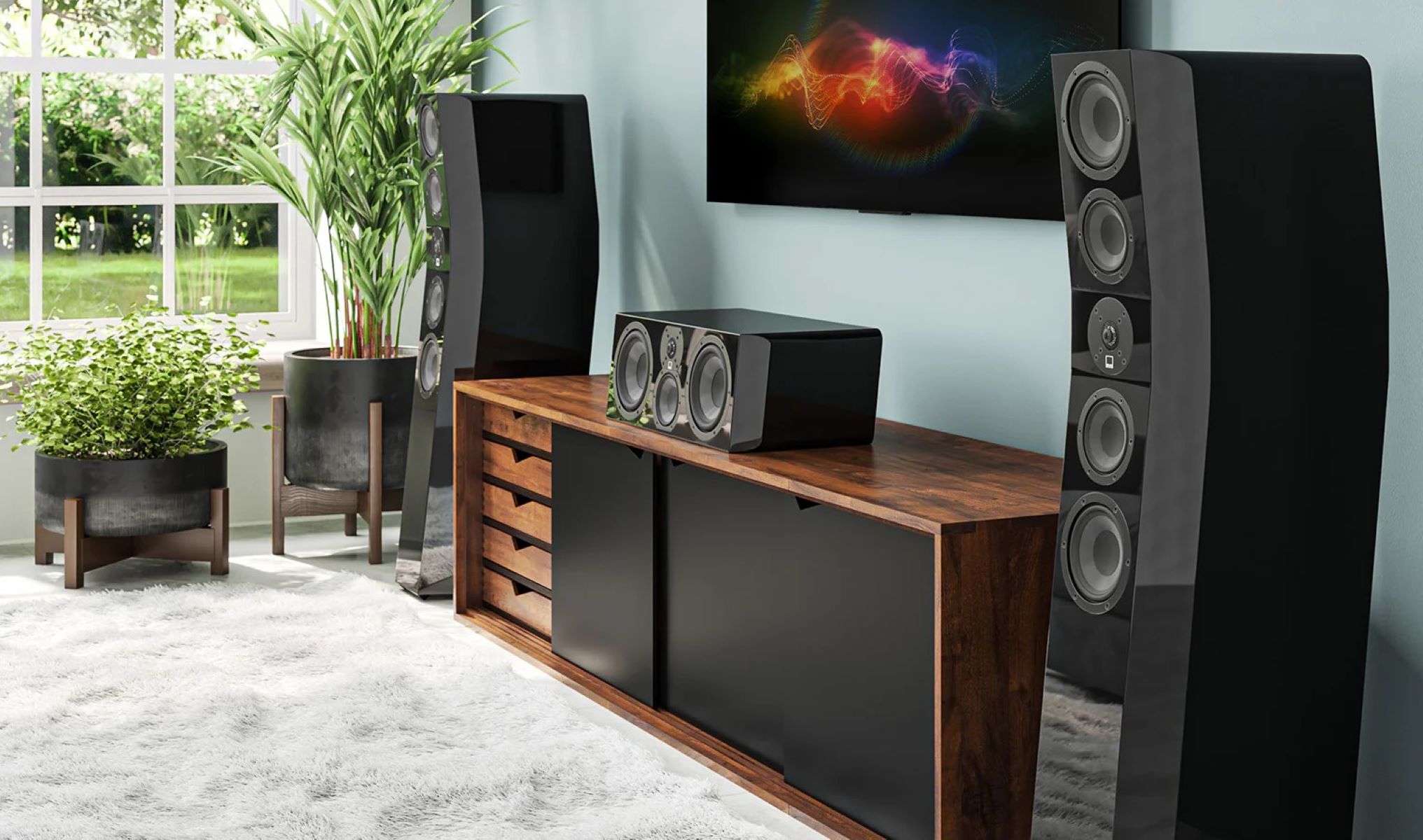

Ideas and Tips
Home Theater Surround Sound Speaker Placement for Immersive Audio
Published: September 24, 2024
Optimize your home theater with expert tips on surround sound speaker placement for immersive audio. Achieve cinematic sound quality at home.
(Many of the links in this article redirect to a specific reviewed product. Your purchase of these products through affiliate links helps to generate commission for Storables.com, at no extra cost. Learn more)
Creating an immersive home theater experience isn't just about the quality of your equipment; it's also about how you set up your speakers. Proper speaker placement can significantly enhance the audio experience, making it feel more realistic and engaging. In this article, we'll delve into the best practices for placing surround sound speakers in both 5.1 and 7.1 configurations, focusing on Dolby Atmos and other advanced setups.
Understanding Surround Sound Systems
Surround sound systems are more than just a bunch of speakers. They create a dynamic and realistic audio experience, especially crucial for movies and TV where directional audio cues are key. Unlike traditional stereo sound, which comes from two sources, surround sound systems can have five, seven, or even more speakers placed around the listener.
A typical surround sound system includes several key components:
- Receiver: Acts as the hub, directing audio signals to the appropriate speakers.
- Speakers: Divided into three types: front (left, center, right), surround (side and rear), and sometimes additional ones like height speakers for advanced setups like Dolby Atmos.
- Subwoofer: Handles low-frequency effects, adding depth to the bass.
Ideal Setup for 7.1.4 Configuration
For a 7.1.4 setup, which includes seven speakers at ear level and four overhead speakers for Dolby Atmos, the ideal placement is crucial for an immersive experience. Here are some guidelines:
Main Left, Center, Right Speakers
- Positioning: Place your main left and right speakers at anywhere between a 45 to 60-degree angle to your listening position. This angle helps create a wide soundstage and ensures that sounds are perceived as coming straight from the screen.
- Height: Ideally, the height of your left, right, and center speakers should be at ear level or slightly higher. This placement helps in creating the perception that sounds are coming straight from the screen while ensuring that your ears are close enough in line with the tweeters to hear the full audio experience.
- Center Channel: The center channel should be centered on your screen. If you don't have an acoustically transparent screen to put your center channel behind, place it just below your television or screen.
Surround Speakers
- Dolby Atmos Placement: For Dolby Atmos, you want your main side surrounds to be about 1 foot above ear level and about 6” in front of your ears. If you don't have a second row of seats on a riser behind the main level, the rear surround speakers should be at the same level.
- Rear Surrounds: For the best placement for two or more rows, use a home theater design tool as the rear surround height will be dependent on your riser height and number of rows. The rear speakers should be spread out at a 45-degree angle if possible, although this may vary based on your seating position in the room.
- Audio Advice Tip: If your seating is close to the back wall, use a tool that maps out the best placement based on the distance your seats are from the back wall and the width of your seating area.
Atmos Speakers
- In-Ceiling Atmos Speakers: For in-ceiling Atmos speakers, they work best when spread from a 70 to 90-degree angle from the listening position. This placement helps in creating an immersive experience by distributing sound evenly around the room.
Ideal Setup for 5.1.2 Configuration
For a 5.1.2 setup, which includes five speakers at ear level and two overhead speakers for Dolby Atmos, the placement is slightly different:
Surround Speakers
- Placement: In a 5.1 system, the surround speakers are best placed slightly behind the listening position to allow them to somewhat split the difference between both positions. This placement helps in creating a more immersive experience by providing sound from both sides and the rear.
- Angle: The surround speakers can be placed anywhere between 90 and 120 degrees, but ideally, they should be positioned so that they are not directly firing into the listening position. This helps in creating a more realistic sound field.
- Dual Role: In a 5.1 system, the surround speakers have a dual role of providing sound from both sides and the rear. Placing them behind the listener helps in filling the dead sound space behind the listener, creating a more immersive experience.
Tips for Arranging Your Speakers
To get the most out of your surround sound system, speaker placement is crucial. Here are some tips:
Front Left and Right Speaker Placement
- Distance: The front left and right speakers should be spaced about as far apart from each other as they are from you. This distance helps in creating a wide soundstage with excellent separation between each channel.
- Angle: Experiment with how far your front speakers are from the wall. The closer they get, the more that bass is reinforced. However, pulling them away from the wall can improve overall sonic performance.
- Toe-In Instructions: Check the owner’s manual of your speakers for “toe-in” instructions — many companies indicate their preferred angle for the best sound. Regardless of the angle, your tweeters will sound their clearest if they’re at the same height as your ears.
Center Channel Placement
- Positioning: Place the center speaker directly above or below your TV, aligning it with your ears when seated. This placement helps in creating a clear and balanced sound field.
- Avoidance of Reflections: If possible, place the center channel in an acoustically transparent screen to avoid reflections and ensure that sound is directed straight to the listener.
Surround Channel Placement
- Height: Surround channels should be placed at ear level while seated. For 5.1 setups, they should be slightly behind the listening area. For 7.1 systems, they can be beside and behind the main listening area.
- Immersion: Placing surround channels slightly behind or beside the listening position helps in creating a more immersive sound field. This placement ensures that sounds are perceived as coming from all directions, enhancing the overall audio experience.
Room Acoustics and Speaker Placement
Room acoustics play a significant role in sound quality. Hard surfaces can cause sound waves to bounce around and create echoes, muddling the audio. To improve your room’s acoustics:
- Soft Materials: Add soft materials like rugs, curtains, and upholstered furniture to absorb excess sound.
- Acoustic Panels: Consider acoustic panels to reduce echoes and enhance sound clarity.
Common Mistakes to Avoid
When installing a surround sound system, avoid common pitfalls:
- Subwoofer Placement: Avoid placing the subwoofer in a corner, which can overly amplify the bass. Instead, place it in a corner away from the main listening area or use a subwoofer with adjustable bass settings.
- Speaker Height: Avoid setting all speakers at the same height. Each type of speaker has an ideal placement that can significantly affect the sound quality.
Upgrading Your Existing System
If you’re looking to enhance your home theater experience further, consider upgrading elements of your surround sound system:
- Advanced Receivers: Upgrade to an advanced receiver that offers better sound decoding and more features. This can significantly improve the overall audio quality.
- High-Quality Speakers: Invest in high-quality speakers that provide clearer and more detailed audio. This is especially important for advanced setups like Dolby Atmos.
- Additional Speakers: Adding new types of speakers, like those designed for Dolby Atmos, can bring a whole new dimension to your favorite films.
Conclusion
Proper speaker placement is crucial for creating an immersive home theater experience. By following the guidelines outlined in this article, you can significantly enhance the audio quality of your surround sound system. Whether you're setting up a 5.1 or 7.1 configuration, understanding the ideal placement for each type of speaker will help you achieve a more realistic and engaging audio experience. Remember to consider room acoustics and avoid common mistakes when setting up your system. With the right setup and equipment, every movie night can become an immersive adventure.
Was this page helpful?
At Storables.com, we guarantee accurate and reliable information. Our content, validated by Expert Board Contributors, is crafted following stringent Editorial Policies. We're committed to providing you with well-researched, expert-backed insights for all your informational needs.
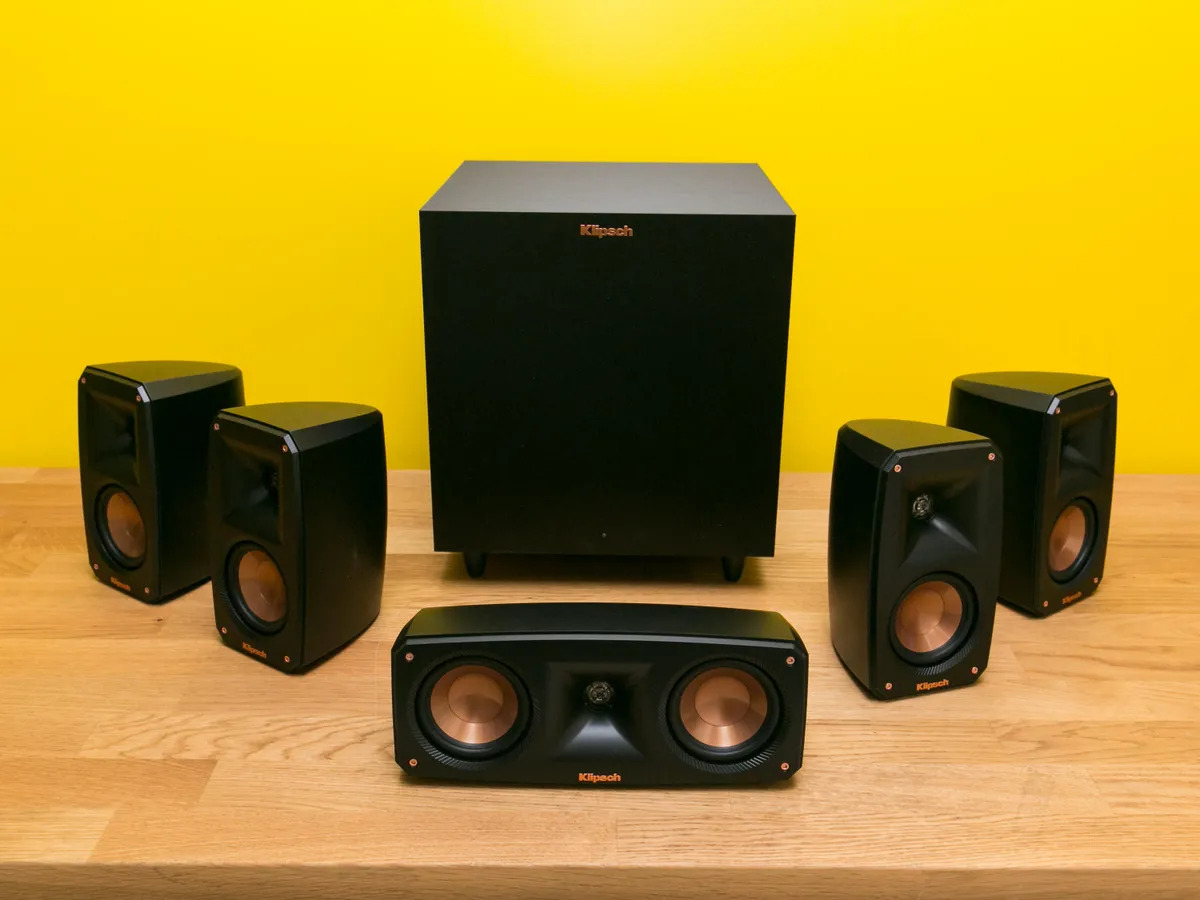
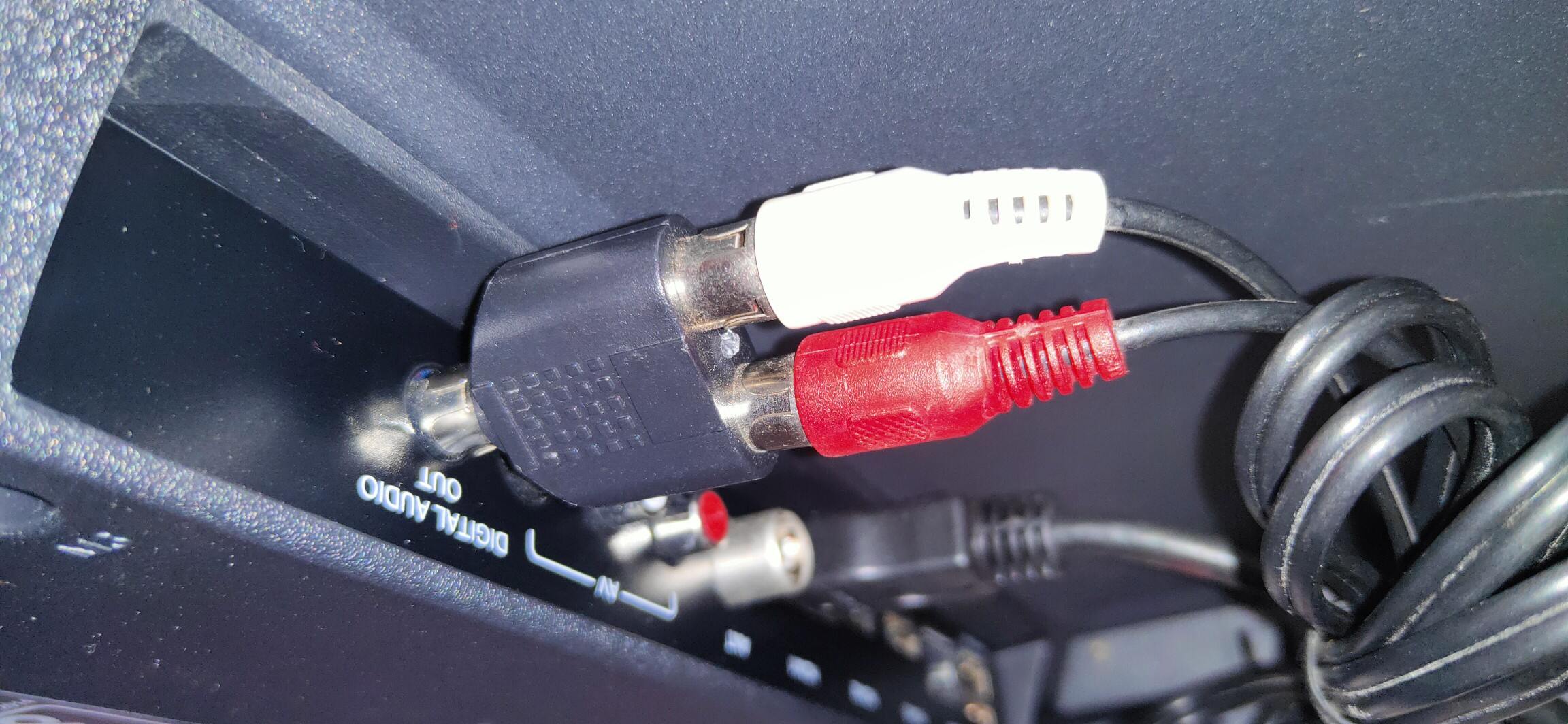
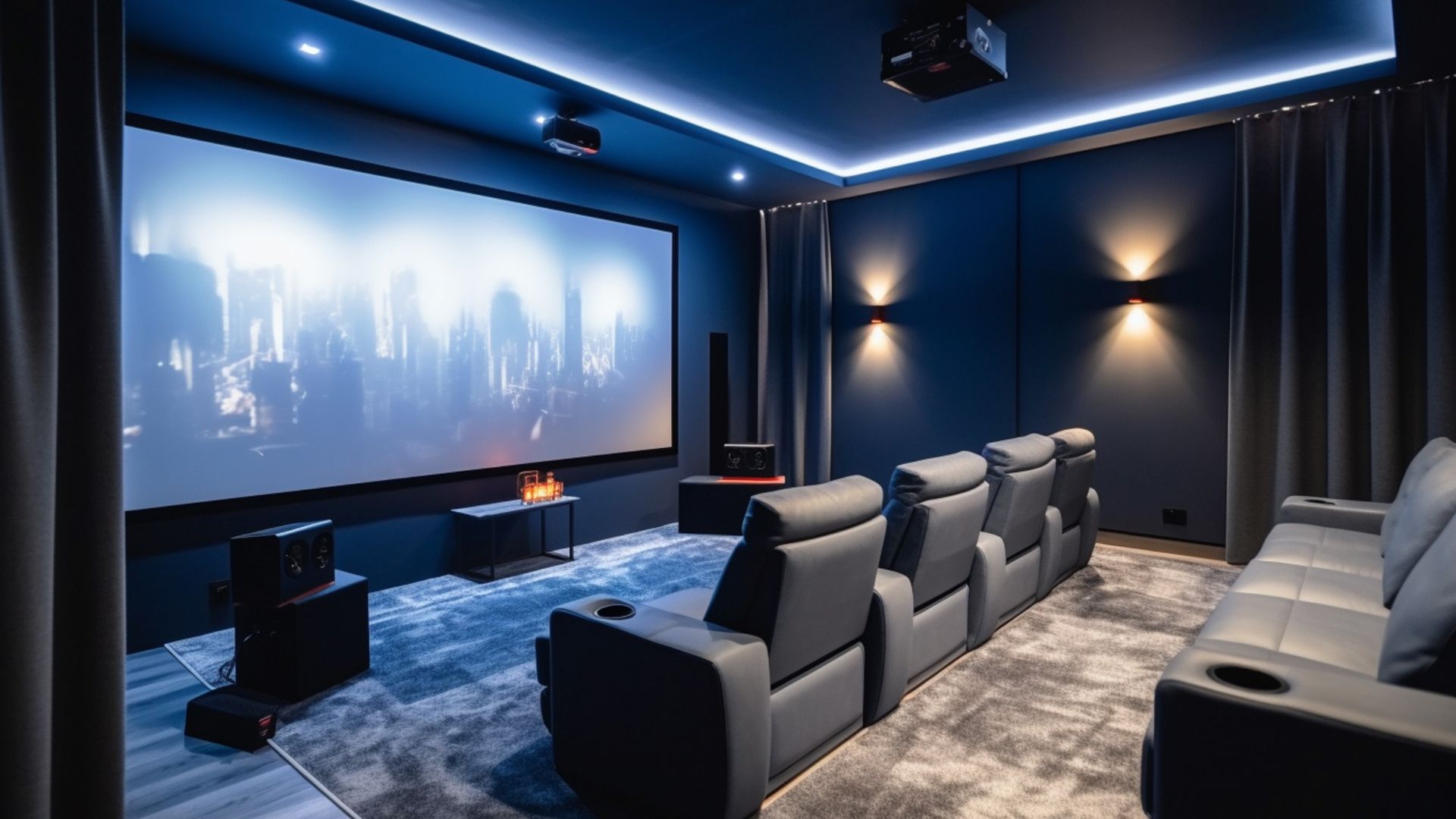


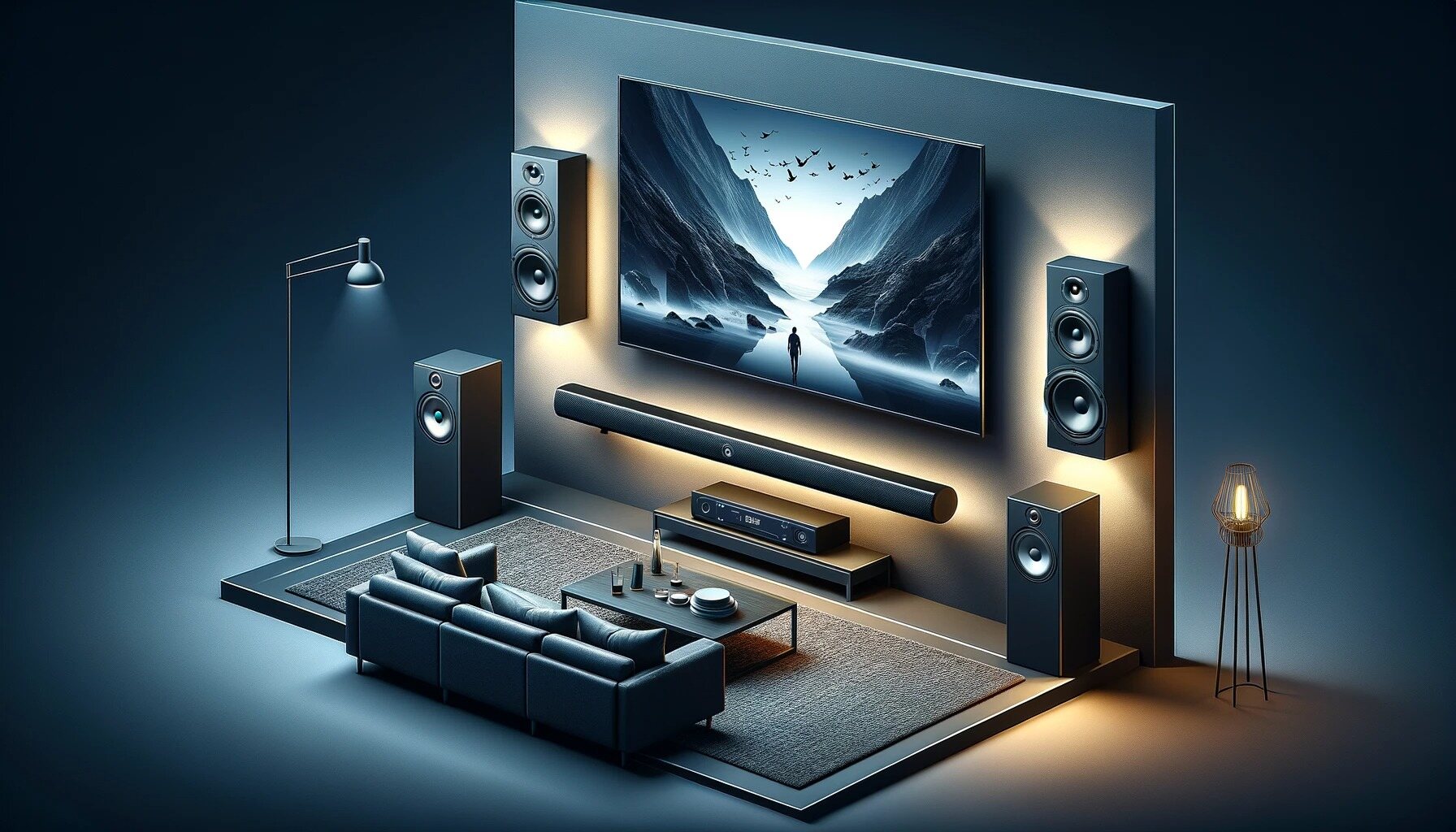
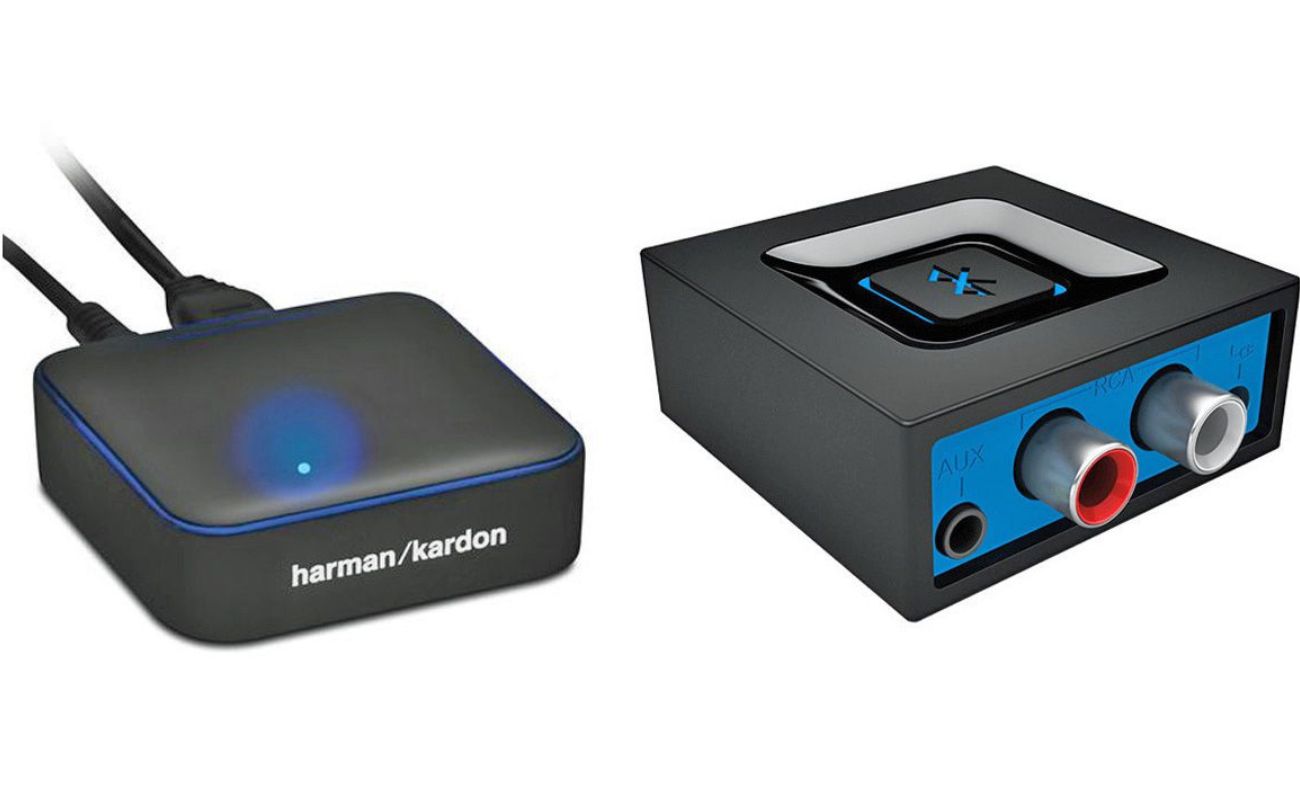
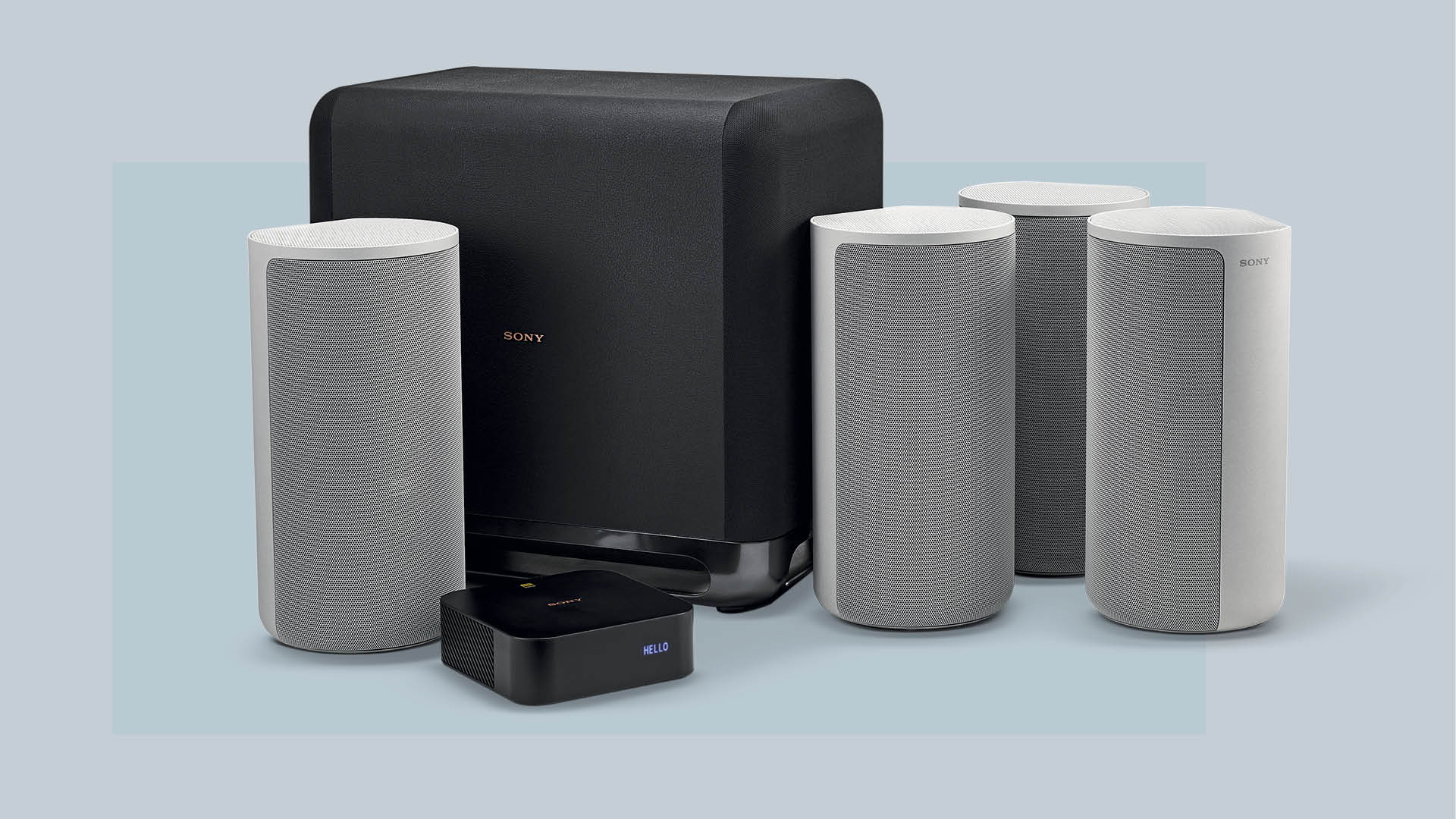
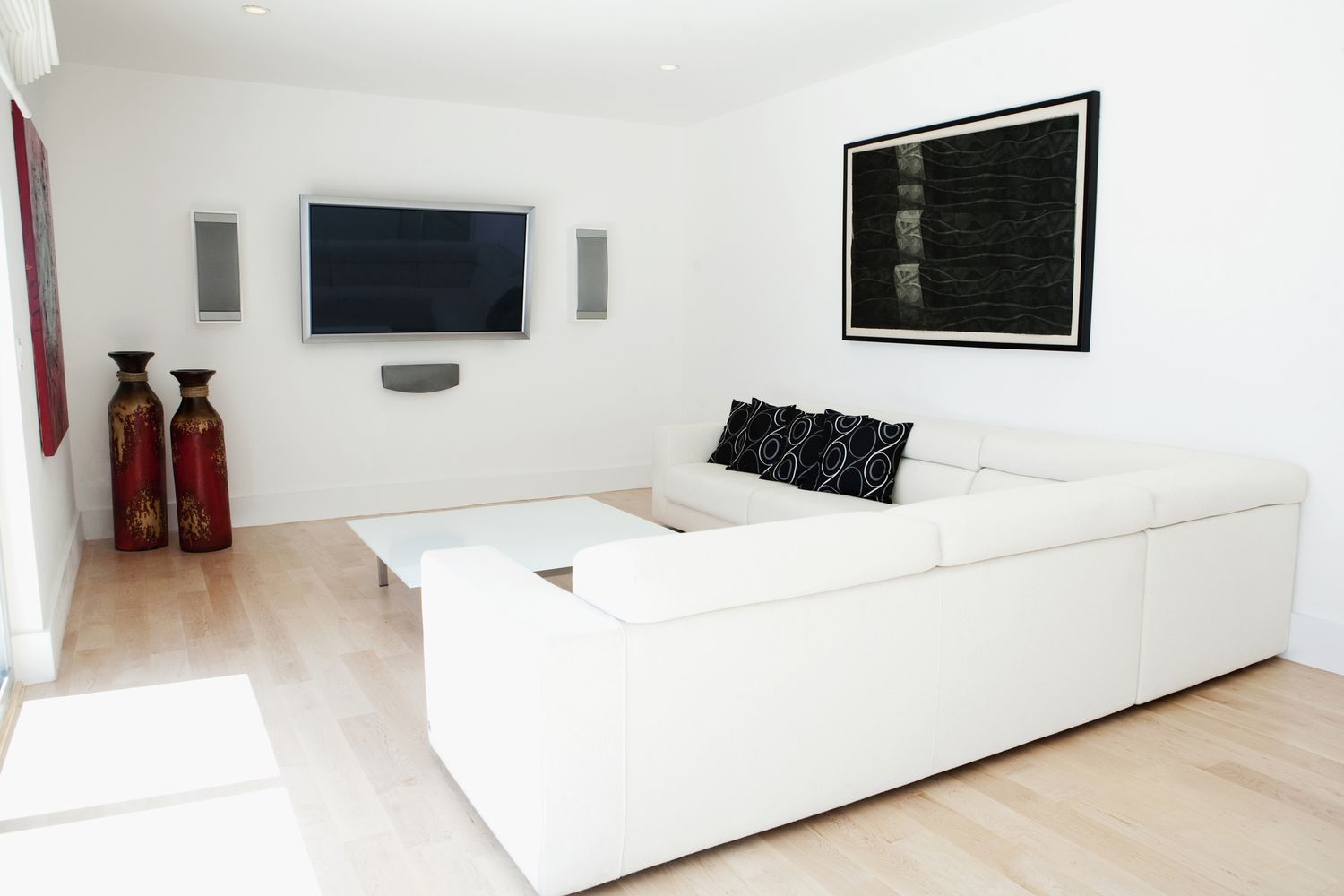
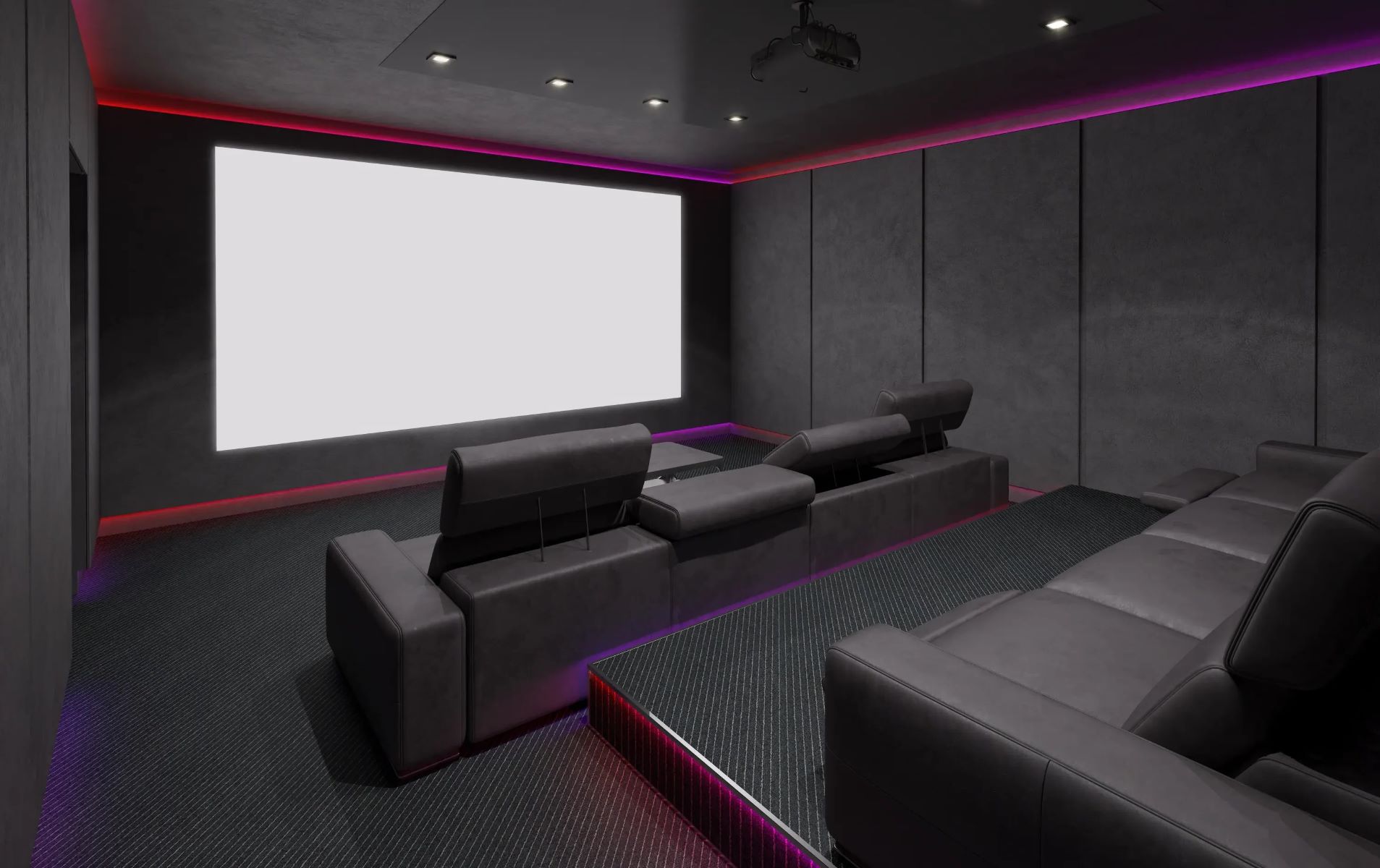
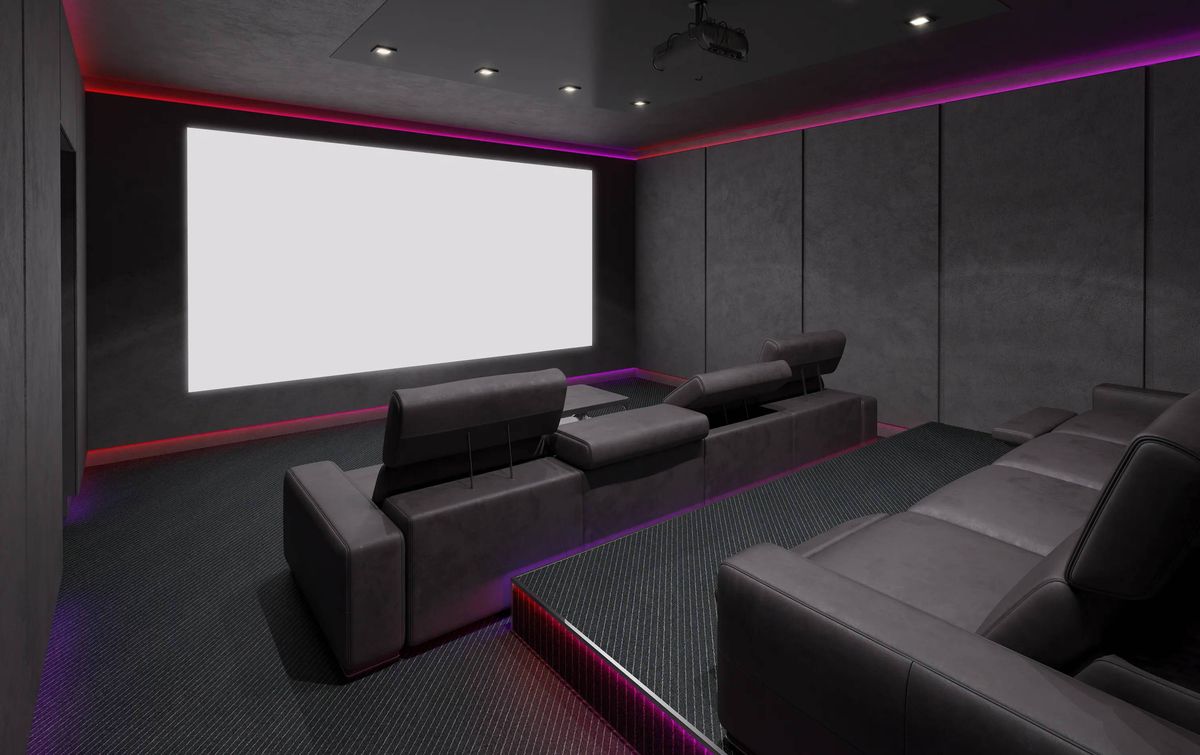


0 thoughts on “Home Theater Surround Sound Speaker Placement for Immersive Audio”